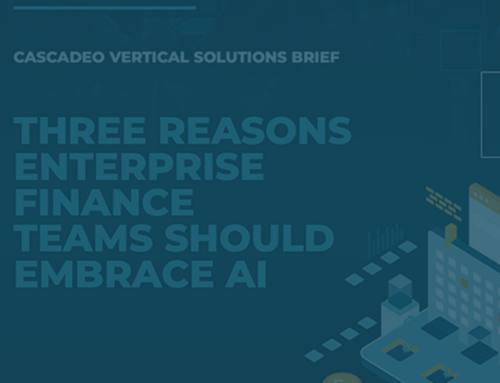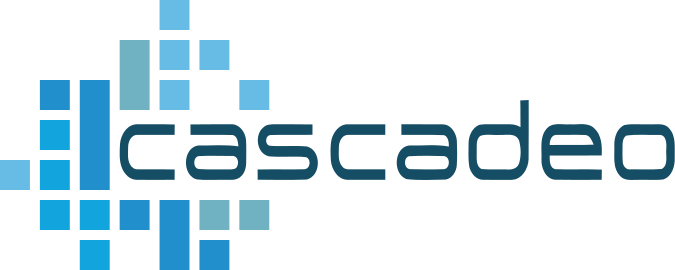
The first wave of applications for composite AI are already at work in CRM and ERP systems, and in a variety of service contexts like help chats, virtual assistants, and digital concierges. Forthcoming composite AI applications will likely run deeper in enterprise operations, performing tasks like workflow automation, simulation, and low-code/no-code generation.
Composite AI Can Extend Applicability of All Your AI Tools
On its own, generative AI can be an incredibly powerful and useful tool. It can rapidly produce boilerplate-level text and accurate basic code. It can serve a conversational function, prompting users to think differently or more deeply in response to the prompts it’s provided. It can interpret complex texts, translating them into conversational language. It can simplify a substantial number of daily work functions. But in the long run, generative AI’s interaction with other technologies, including other types of AI and machine learning, may be the most meaningful way it changes business.
Bringing together multiple AI techniques, including generative AI and non-gen-AI tools alongside other technologies to serve a unified purpose constitutes a composite AI approach. As enterprise leaders work to understand the role of an ever-expanding set of opportunities offered by AI—and the ever-expanding risks posed and skills demanded to take advantage of them—engaging an approach that combines separate AI functionalities to supplement the shortcomings of each can solve business problems that no one technology can address in isolation, extending the applicability of each tool.
Before the widespread adoption of generative AI tools across industries, many enterprise operations engaged AI solely within the framework of machine learning. On its own, however, machine learning has drawbacks. It demands a larger store of data than many organizations have available. It has limited reasoning capacity. And it isn’t easily made legible to human observation. If you’ve spent a little time with any LLM-based generative AI tools, you know that these are advantages such tools offer. Introducing LLMs into machine learning systems addresses all these issues, dramatically increasing the number of business problems to which ML can be applied. For example, effective predictive modeling needs massive data troves. LLMs can support more robust simulation scenarios with synthetic data generated from their own stores, specialized to the modeling task at hand, given appropriately defined guardrails. Generative AI can also be used for tasks that support machine learning like text analytics, natural language prompting, and graph labelling.
The first wave of applications for composite AI are already at work in CRM and ERP systems, and in a variety of service contexts like help chats, virtual assistants, and digital concierges. Forthcoming composite AI applications will likely run deeper in enterprise operations, performing tasks like workflow automation, simulation, and low-code/no-code generation. In Cascadeo’s cloud management platform, Cascadeo AI, gen AI increases the speed and accuracy of human-engineered ticket response by validating, analyzing, and suggesting remediation steps automatically.
But Gartner recommends approaching implementation with generative AI’s significant risks in mind. Risks like inaccuracy, bias, inadvertent plagiarism, and artificial hallucinations are concerns with any use of generative AI tools, but those risks are compounded when these technologies interact with your most sensitive data and engage with your workflow processes. Enterprise implementation of generative AI raises additional concerns, including intellectual property risks, data privacy, and cybersecurity, potentially hampering the enormous opportunities these new tools offer. Businesses must also manage customers’ AI-related fears alongside their own.
As such, composite AI integration requires expertise and care, with steps taken to defend against these known risks and others that may arise as the technologies continue their rapid evolution. Ethics and use policies are a good place to start, with components like assuring that no company or customer data is used in LLM prompts and that your data is not included in LLM training serving as simple examples of gen AI engagement rules. AI experts can help you devise more sophisticated systems to ensure that your composite AI integrations remain secure and operate ethically as they support increasing sophistication in your operations and growth across your enterprise.





